What Is Bridge Pier | Type of Bridge Pier
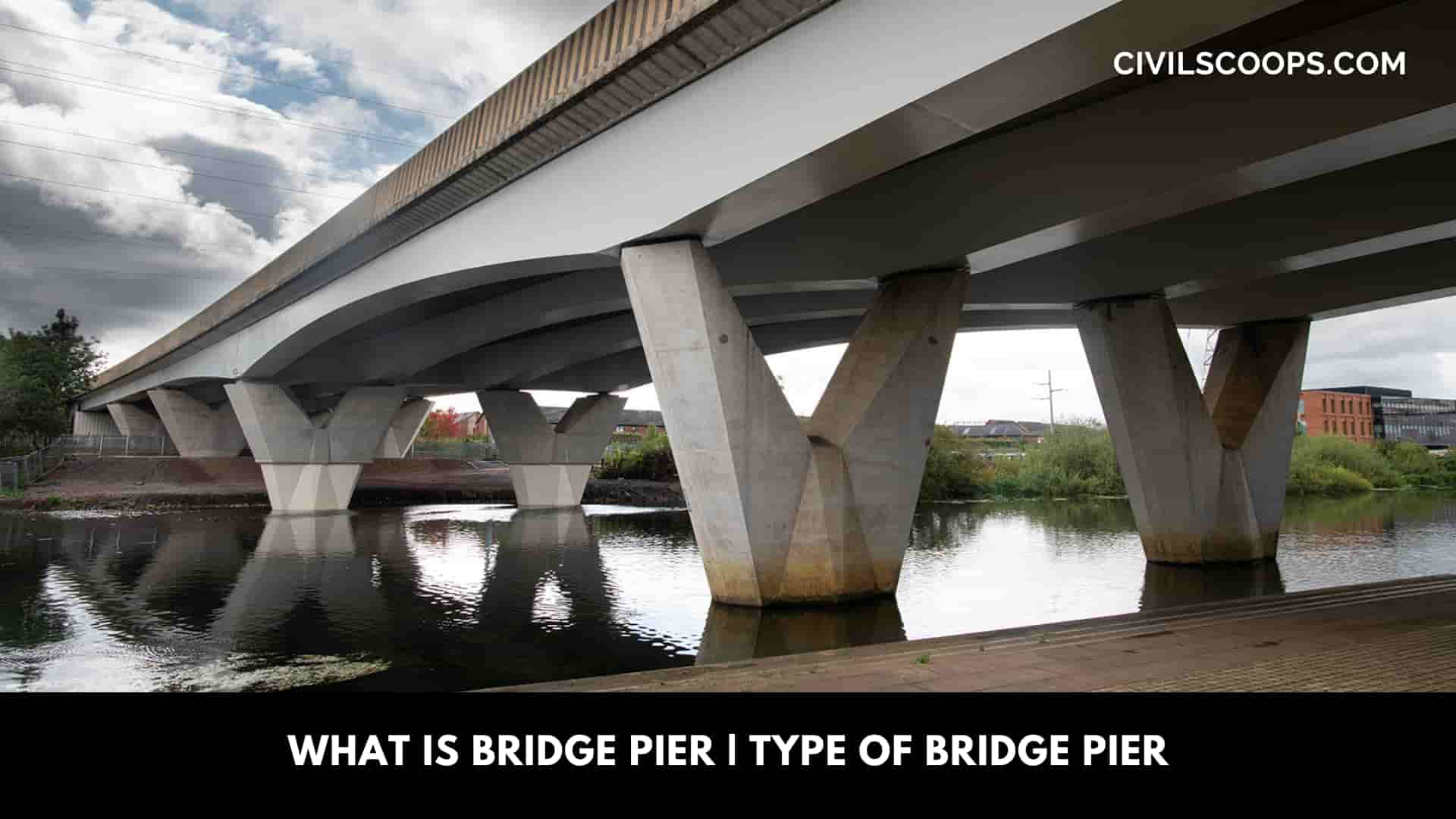
Table of Contents
Introduction of Bridge
Human beings have been constructing bridges for about four thousand years.
The oldest and still existing bridge in the world is perhaps the Zhaozhou Bridge in Hebei Province in China, originally constructed approximately in A.D. 600.
However, bridge design and construction then may not be considered bridge engineering practice by today’s definition. Instead, work was done based more on experience as opposed to quantitative planning as done now.
Bridge engineering today uses calculus-based analysis and detailed planning.
Materials used in bridge construction have also changed noticeably through a good number of years, from mainly natural materials such as stones and wood than to mainly man-made materials such as steel and Portland cement concrete today.
Due to great improvement in the strength and production quality control of these materials, bridge components have become smaller, thinner, skinnier, and lighter to reduce self-weight and be more economical.
In 1866 Ways and Koenen in Germany conducted a series of tests on reinforced concrete beams (Heins and Lawrie, 1984), which started the era of concrete for bridge construction.
More tests and research work were done in the following decades. The first bridge using reinforced concrete in the world was credited to Monier in 1867 (Heins and Lawrie, 1984).
The first bridges using steel are believed to be constructed in the United Kingdom and the United States in the 1880s.
These pioneering projects began what is known today as modern bridge engineering. Another important aspect characterizing modem bridge engineering is the tools used to perform quantitative modeling and planning.
They include calculus and calculus-based mechanics, acknowledged as the foundation of modem bridge engineering as practiced today.
This knowledge was established in the seventeenth century.
With the new materials and advanced analysis tools, the fast development of modem bridge engineering had its technical strength.
The fuel for substantial developments of bridge engineering was the need or desire for economic development, For example, today’s highway bridge technology in the United States is largely a result of the rapid development of the interstate highway system in the 1950s and 1960s after World War II.
As a product, a comprehensive highway system has been established, consisting of about 50,000 miles of roadways and about 600,000 bridges.
It is also interesting to mention that a number of developing countries are currently experiencing a similar “boom” in their surface transportation systems.
This has become the driving force for bridge engineering development in those parts of the world.
Types of Bridge
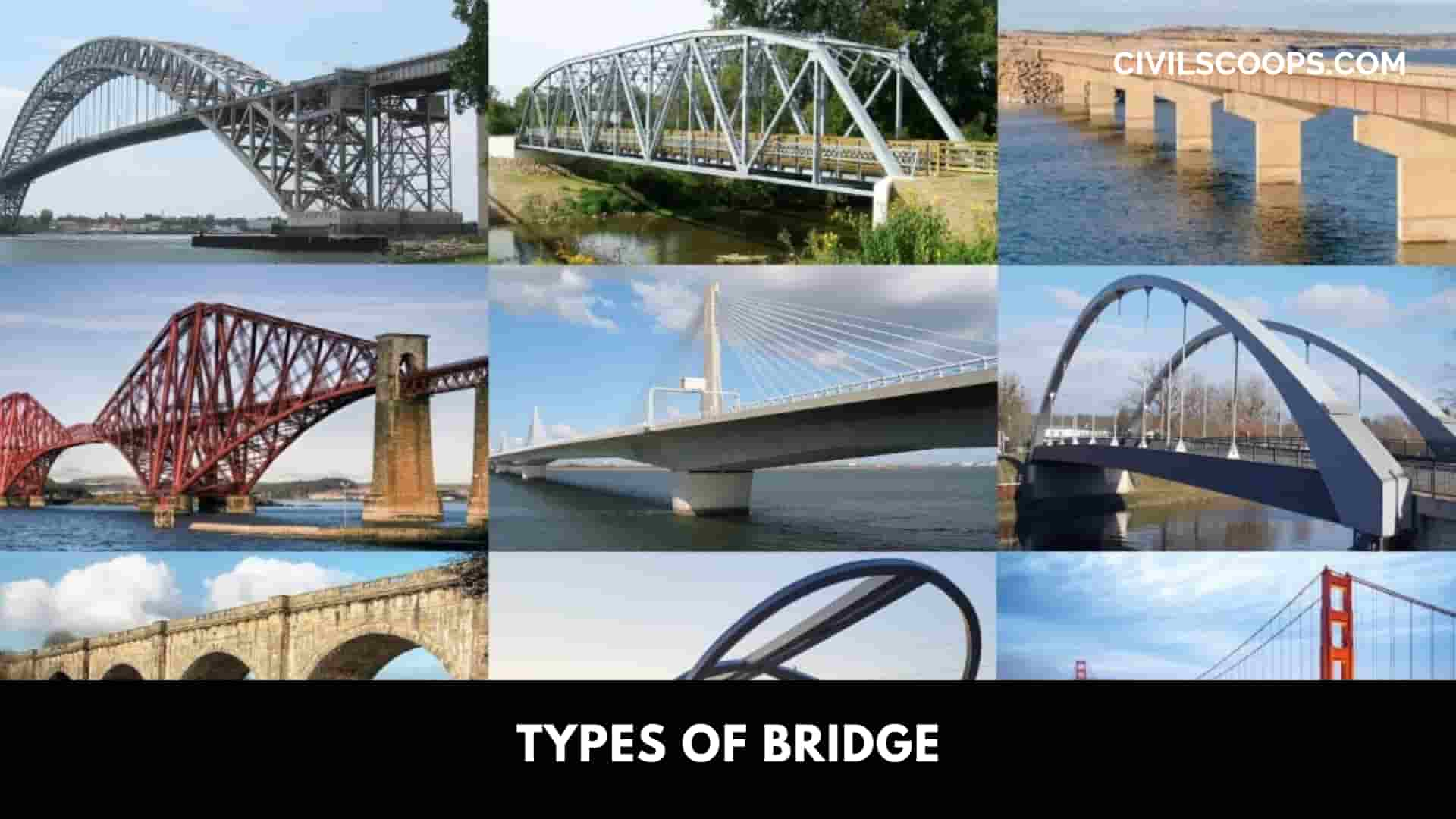
Types of Bridge dived into three categories and each category many types are as follows.
- Bridges by Structure
- Arch Bridges
- Beam Bridges
- Truss Bridges
- Cantilever Bridges
- Tied Arch Bridges
- Suspension Bridges
- Cable-Stayed Bridges
- Fixed or Moveable Types
- Fixed Bridges
- Temporary Bridges
- Moveable Bridges
- Pedestrian Bridges
- Types by Use
- Pedestrian Bridges
- Double-decked Bridges
- Train Bridges
- Pipeline Bridges
- Aqueducts
- Commercial Bridges
- Types by Materials
- Natural Materials
- Wood
- Stone
- Concrete and Steel
- Advanced Materials
- Fictional and Mythical Bridges
Parts of Bridge Structures
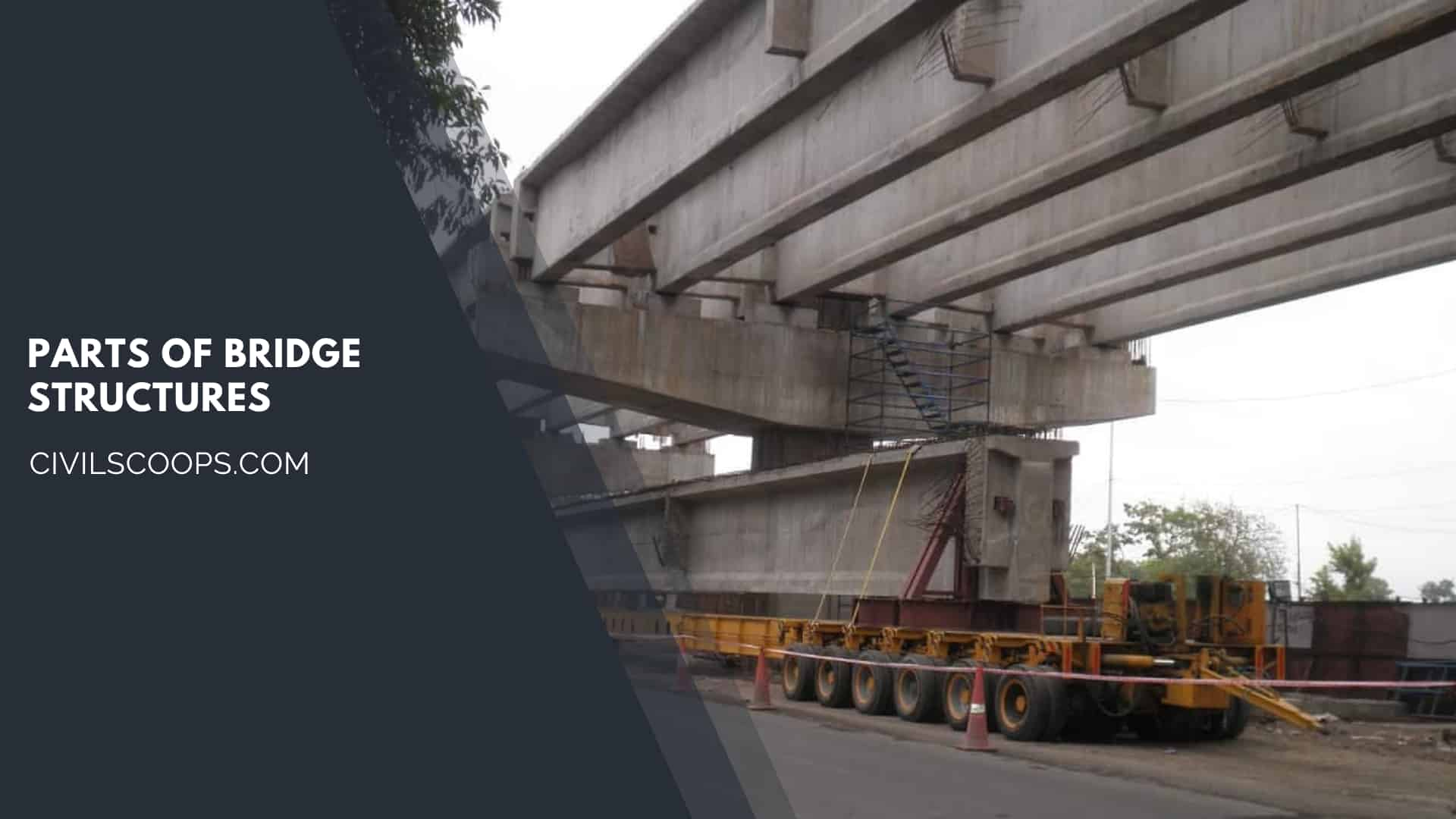
Major Parts of Bridge Structures as below
- Superstructure
- Decks
- Bearings
- Foundation
- Girder or Beam
- Substructure Components
- Bridge Tower
- Pier Cap
- Pier
- Pile Cap and Piles
- Bridge Anchor
- Suspension Cable
What Is Pier?
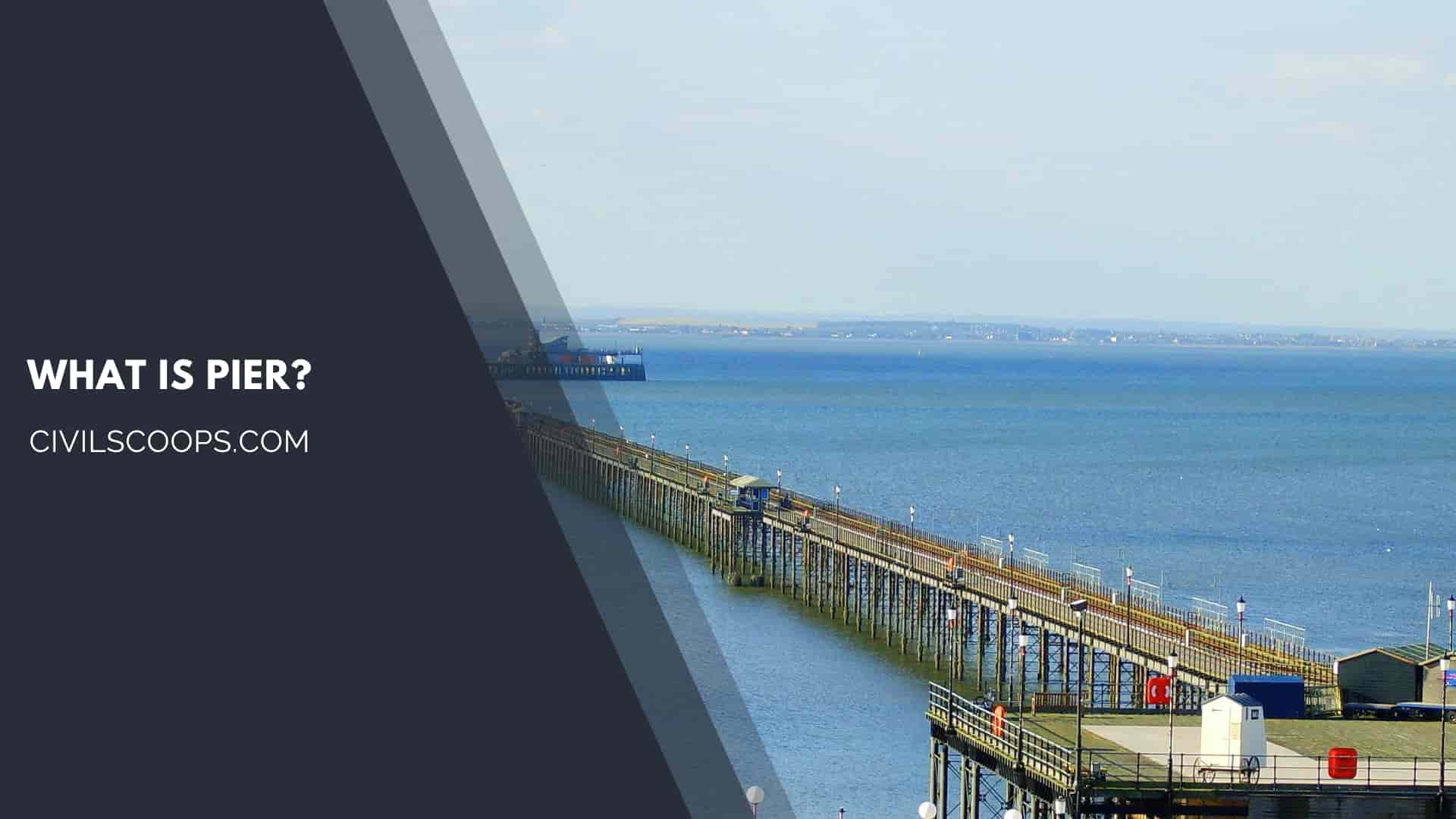
This Piers provide vertical supports for spans at intermediate of different points and perform both main functions: transferring vertical superstructure loads to the foundations and resisting horizontal forces acting on this bridge.
Although piers are designed to resist vertical loads, it is becoming common to design piers into resisting high lateral loads caused by seismic events.
Even in some low seismic areas, designers are paying more attention to this ductility aspect of the design.
These Piers are predominantly constructed using reinforced concrete.
This Steel, to a lesser degree, is also used for piers.
The Steel tubes filled with concrete columns have gained more attention recently.
The piers or columns for conventional bridges, such as grade separations, overcrossing, overheads, underpasses, and simple river crossings.
Reinforced concrete columns will be discussed in detail, while steel and composite columns will be briefly discussed.
Substructures for arch, suspension, segmental, cable-stayed, and movable bridges are excluded from the substructures for some of these special types of bridges.
Also Read: What Is Crane | 19 Different Types of Cranes
[su_box title=”Note” style=”default” box_color=”#333333″ title_color=”#FFFFFF” radius=”3″ class=”” id=””]
Bridge Piers
A bridge pier is a type of structure that extends to the ground below or into the water. It is used to support bridge superstructure and transfer the loads to the foundation.
The bridge piers can be constructed to be substantially attractive and strong in order to withstand both vertical and horizontal loads.
[/su_box]
Types of Bridge Piers
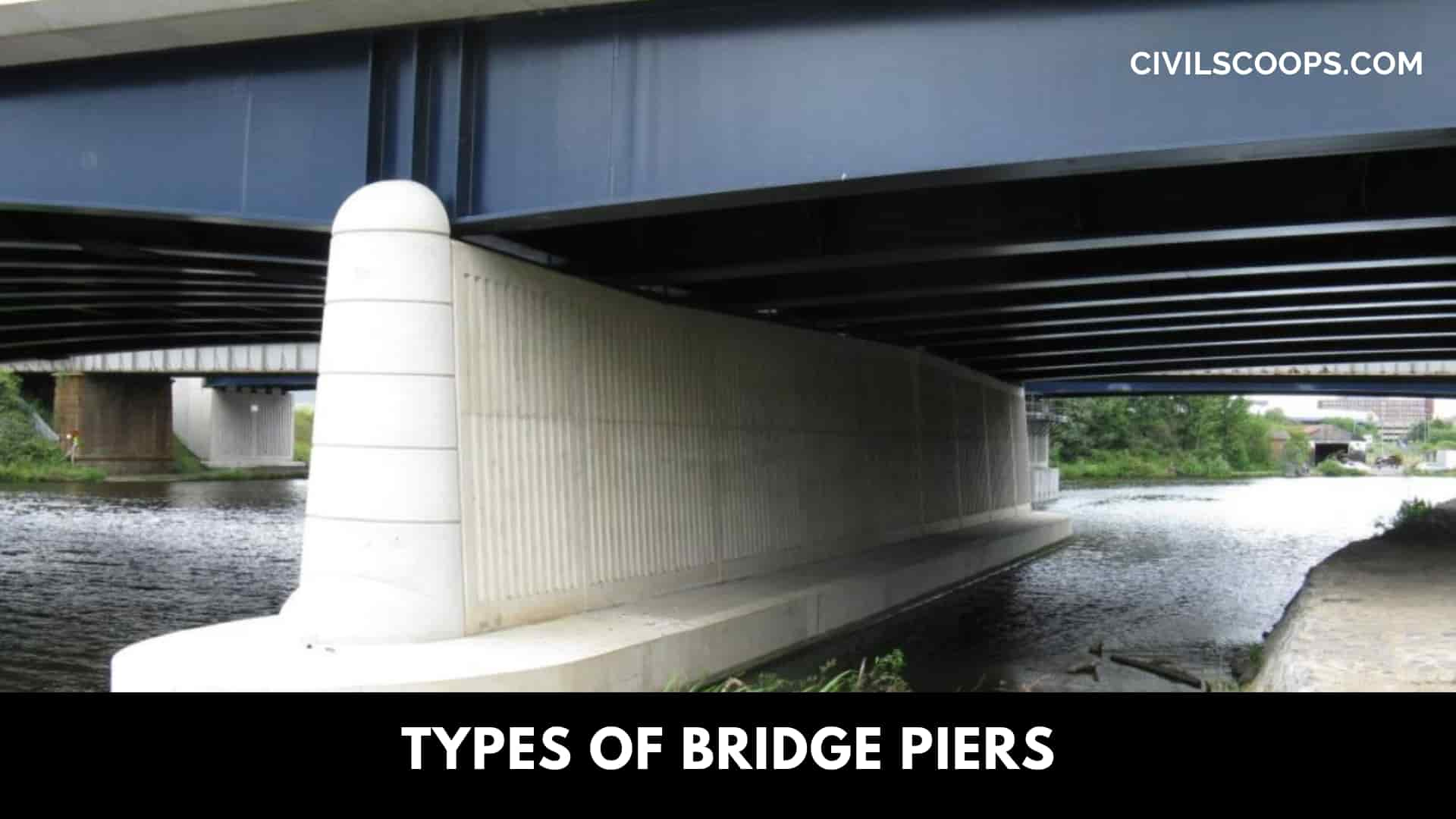
1. Solid Piers
a. Solid Masonry Piers
b. Solid Reinforced Concrete Piers
2. Open Pier
a. Cylindrical Piers
b. Column Piers or Column Bent
c. Pile Pier or Pile Bents
d. Trestle Pier or Trestle Bent
e. Masonry Piers
f. Mass Concrete Piers
g. Reinforced and Prestressed Concrete Piers
h. Fixed Piers
i. Hammerhead or Cantilevered Piers
j. Special Shaped Bent
k. V-Shaped Concrete Pier
[su_box title=”FAQ” style=”default” box_color=”#333333″ title_color=”#FFFFFF” radius=”3″ class=”” id=””]
Bridge
A structure carrying a pathway or roadway over a depression or obstacle (such as a river) a bridge connecting the island to the mainland. : a time, place, or means of connection or transition. Building a bridge between the two cultures. The bridge from war to peace.
Bridge Pier and Abutment
An abutment is a structure that supports one end of a bridge span and at the same time supports the embankment that carries the track or roadway. An abutment also usually protects the embankment from the scour of the stream. A pier is a structure that supports the ends of two bridge spans.
Types of Bridge
The Seven Types of Bridges
- Arch Bridges.
- Beam Bridges.
- Cantilever Bridges.
- Cable-Stayed Bridges.
- Suspension Bridges.
- Tied-Arch Bridges.
- Truss Bridges.
Parts of Bridge Structure
The various parts and components of a bridge are as follows:
- Deck.
- Superstructure.
- Substructure.
- Foundation.
- Girder or beam.
- Bridge tower.
- Pier.
- Pier cap.
Pier
A platform supported on pillars or girders leading out from the shore into a body of water, used as a landing stage for boats.
Types of Piers in Bridges
Types of Bridge Piers
- Solid Piers. Solid piers possess solid and impermeable structure, and usually constructed from bricks, stone Masonry, mass concrete or reinforced concrete.
- Open Piers.
- Masonry Piers.
- Mass Concrete Piers.
- Reinforced and Prestressed Concrete Piers.
- Fixed Piers.
- Free Piers.
- Hammerhead or Cantilevered Piers.
Masonry Piers
5.11. MASONRY PIERS. Piers are essentially columns that might have wall segments-like appearance. It is quite common for some masonry walls in a building to have openings; the wall segments between the openings are commonly referred to as piers.
Hammerhead Piers
Hammerhead pier, also known as a solid shaft pier, is much like the normal pier but with the distinctness of the piercap on top of it. It comprises of a single solid concrete cross section pier upon which a cantilevered cap is positioned. Due to this structural arrangement, they are also called cantilevered piers.
[/su_box]
[su_note note_color=”#F2F2F2 ” text_color=”#333333″ radius=”3″ class=”” id=””]
Like this post? Share it with your friends!
Suggested Read –
- All About Driveways | What Are Driveways | Types of Driveways
- 23 Different Types of Cement Available in India and as Per Is Standards
- Luminous Flux Vs Lumens | What Is Luminous Flux | What Are Lumens | How Bright Is 1000 Lumens
- What Are Columns | 17 Types of Columns | Different Types of Rcc Columns | Round Column Vs Square Column | Pillar Vs Column
- What are Bay Windows | Different Types of Bay Windows | Bay Window Size | Advantages and Disadvantages of Bay Window
[/su_note]
